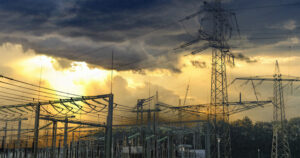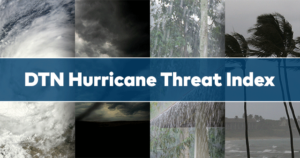Tackling Increasing Weather Risks for Event Organizers

As the landscape for event planning has undergone a significant shift as severe weather events have grown more frequent and intense over the past decade. This has generated a new level of weather awareness, preparation, and resource allocation.
To tackle the increasing challenges, weather risk experts Renny Vandewege, DTN GM of Weather, and Jacob Worek, Climate Intelligence and Event Safety Alliance (ESA) Director of Operations, got together to discuss this new era of event planning.
New risks
While traditional weather risks like wind and lightning remain top-of-mind, Jacob Worek introduced the discussion with examples of how event organizers are recognizing new threats such as extreme heat and dispersed threats like wildfire smoke.
“A few years ago, [wildfire] smoke coming from Canada and affecting an event in Chicago never really factored into our planning,” Worek pointed out, “but we are increasingly seeing that coming into play.”
“Successful weather risk planning begins well before the event”
– Renny Vandewege
Meanwhile, extreme heat continues to spur new considerations for summer events. Several events were recently cancelled due to persistent triple-digit temperatures. Even with precautions and communications, some concert goers experienced heat illness, while one band couldn’t play their set because their equipment wouldn’t work in the extreme heat.
Best practices for weather risk planning
Renny Vandewege interjected how successful weather risk planning begins well before an event.
“By conducting thorough risk assessments to grasp the specific threats each event faces—and developing proactive response plans, rather than last-minute reactions—organizers can minimize and prevent risks to the crowd, crew and venue,” said Vandewege.
Risk communicators can help organizers with early assessments and building the weather plan.
Noting differences between touring productions, one-offs, annual events, and indoor venues, Worek added that risk assessments are the same.
“It’s the focus on preparation, and then if you have preparation and communication plan in place, then enacting a decision becomes easier,” said Worek.
“We are learning from past mistakes and becoming more comfortable making tough decisions in advance.”
– Jacob Worek
To assist event planners, ESA offers information, workshops, and events to help keep teams up to date on the latest safety standards and tools. Organizers can access public and enterprise weather apps. Further, public and private meteorological services support ESA and their members with additional training, risk assessments and event support.
“To me, access to professional meteorologists is the best tool organizers can have,” Worek said. Meteorologists can more closely interpret what one is seeing on their weather app and share the proper level of concern.
“They may tell me, ‘Don’t worry about it because it may not amount to anything.’ But more importantly, you could be looking at something that you think isn’t a threat and it could very much be a threat.'”
The future of weather risk planning
Both experts expressed optimism about the industry’s current trajectory related to weather safety and risk planning.
While acknowledging the recent spate of high-profile cancellations has been “very disappointing to all stakeholders,” Worek sees an upside.
“It means we are learning from past mistakes and becoming more comfortable making tough decisions in advance.” Worek concluded, “I’m encouraged by where our industry happens to be right now, and I expect that to only get better.”
Watch the full conversation video to hear more expert insights about this new era of weather planning for event organizers.








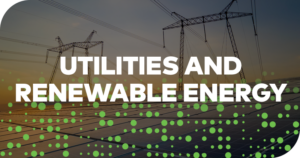
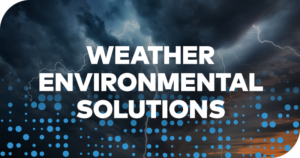

 Comprehensive weather insights help safeguard your operations and drive confident decisions to make everyday mining operations as safe and efficient as possible.
Comprehensive weather insights help safeguard your operations and drive confident decisions to make everyday mining operations as safe and efficient as possible.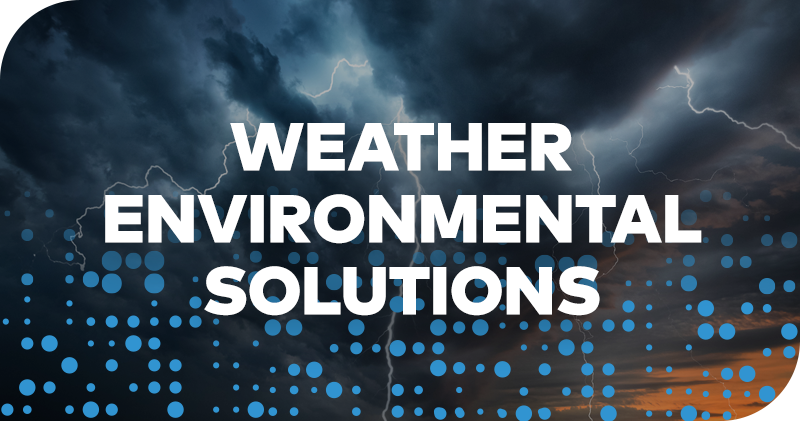 Learn how to optimize operations with credible weather and environmental intelligence. From aviation safety to environmental compliance, our comprehensive suite of solutions delivers real-time insights, advanced forecasting, and precise monitoring capabilities.
Learn how to optimize operations with credible weather and environmental intelligence. From aviation safety to environmental compliance, our comprehensive suite of solutions delivers real-time insights, advanced forecasting, and precise monitoring capabilities. 